
A Brief History of the U.S. Navy Medical Corps
The U.S. Navy Medical Corps has a history that evolves from a humble beginning during the Revolutionary War to its current role as a vital component of modern military medicine. The Medical Corps ensures the health and well-being of sailors, Marines, and their families, while contributing to public health and advancements in medical science.
Origins in the Revolutionary War
The roots of Navy medicine trace back to the Revolutionary War, when medical care aboard ships was primitive at best. Shipboard surgeons, often lacking formal medical training, treated injuries and disease with the limited tools and knowledge available to them. In the early days of the U.S. Navy, physicians served without formal commissions, often receiving temporary appointments for specific cruises. Their primary tasks included amputations, treating infections, and caring for diseases like scurvy and dysentery.
In 1798, Congress formally established the Department of the Navy, creating the foundation for organized medical care within the naval service. Surgeon Edward Cutbush published the first American text on naval medicine in 1808. The Naval Hospital Act of 1811 marked another milestone, authorizing the construction of naval hospitals to support the growing fleet.
Establishment of the Navy Medical Corps (1871)
The U.S. Navy Medical Corps was officially established on March 3, 1871, by an act of Congress. This legislation created a formal medical staff to support the Navy, setting standards for the recruiting and training naval physicians. These physicians were initially known as “Surgeons” and “Assistant Surgeons,” tasked with providing care on ships and at naval hospitals. The act granted Navy physicians rank relative to their line counterparts, acknowledged their role as a staff corps, and established the title of “Surgeon General” for the Navy’s senior medical officer.
During this period, the Navy Medical Corps began to expand its scope. It embraced emerging medical technologies and scientific discoveries, setting the stage for its later contributions to public health and medical innovation.
The Navy Hospital Corps
The U.S. Navy Hospital Corps was established on June 17, 1898. Its creation was prompted by the increased medical needs during the Spanish-American War. Since then, the enlisted corpsmen have served in every conflict involving the United States, providing critical medical care on battlefields, aboard ships, and in hospitals worldwide.
Corpsmen are trained to perform a wide range of medical tasks, including emergency battlefield triage and treatment, surgery assistance, and disease prevention. They are often embedded directly with Marine Corps units, making them indispensable on the battlefield.
The Hospital Corps is the most decorated group in the U.S. Navy. To date, its members have earned numerous high-level awards for valor, including: 22 Medals of Honor, 182 Navy Crosses, 946 Silver Stars, and 1,582 Bronze Stars.
World Wars and the Expansion of Military Medicine
Both World War I and World War II were transformative for the Navy Medical Corps. During World War I, Navy medical personnel treated injuries and illnesses both aboard ships and in field hospitals. Their efforts were instrumental in managing wartime epidemics, including the devastating 1918 influenza pandemic.
World War II brought further advancements. The Navy Medical Corps played a pivotal role in addressing the challenges of warfare in diverse climates, including tropical diseases in the Pacific Theater. It also pioneered methods for treating trauma, burns, and psychiatric conditions.
Cold War Era and Modernization
The Cold War era marked a time of significant innovation for the Navy Medical Corps. The establishment of the Navy Medical Research Institutes advanced studies in areas such as tropical medicine, submarine medicine, and aerospace medicine. These efforts supported the Navy’s global missions and contributed to broader medical advancements.
In the latter half of the 20th century, Navy medical personnel became key players in humanitarian missions, responding to natural disasters and providing aid in conflict zones. Their expertise in public health, infectious disease control, and trauma care enhanced the Navy’s ability to spread goodwill worldwide.
Modern Contributions and Future Challenges
Today, the Navy Medical Corps supports both military readiness and global health. Its personnel provide care on ships, submarines, aircraft carriers, and for Marine Corps forces, and at shore-based facilities. They also participate in humanitarian missions and disaster response, reflecting the Navy’s commitment to a broader vision of security and well-being.
In recent years, Navy medicine has faced challenges such as the COVID-19 pandemic, addressing mental health issues among service members, and adapting to emerging threats like climate change and cyber warfare defense. These challenges underscore the evolving role of the Navy Medical Corps in a complex world.
From its early days of rudimentary care to its modern role in global health and innovation, the U.S. Navy Medical Corps has been a cornerstone of military medicine. Its contributions extend beyond the battlefield, shaping public health, medical research, and humanitarian efforts worldwide.
As the Navy Medical Corps continues to adapt to new challenges, it remains a testament to the enduring value of medical service in the defense of the nation and the promotion of global health.




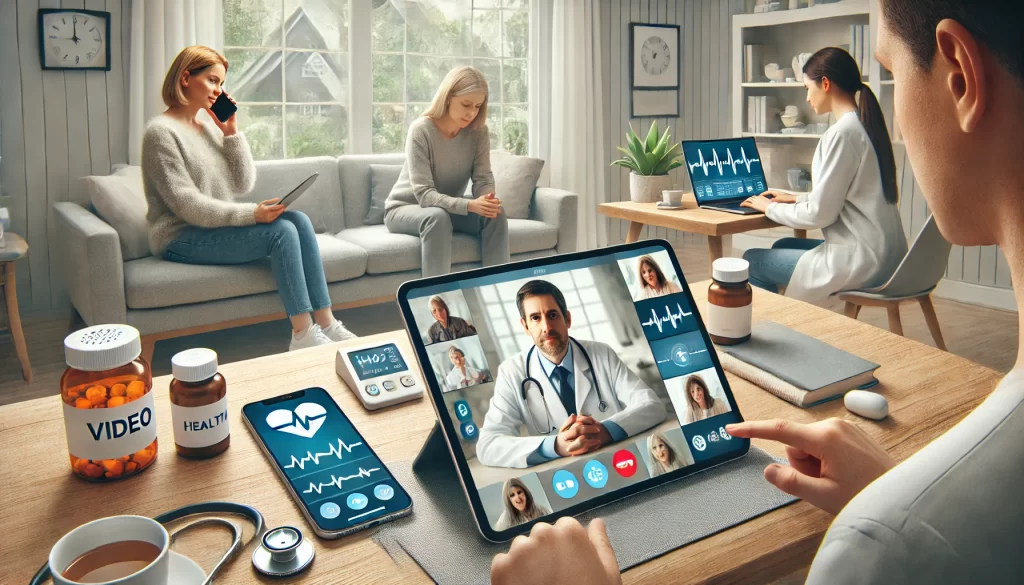
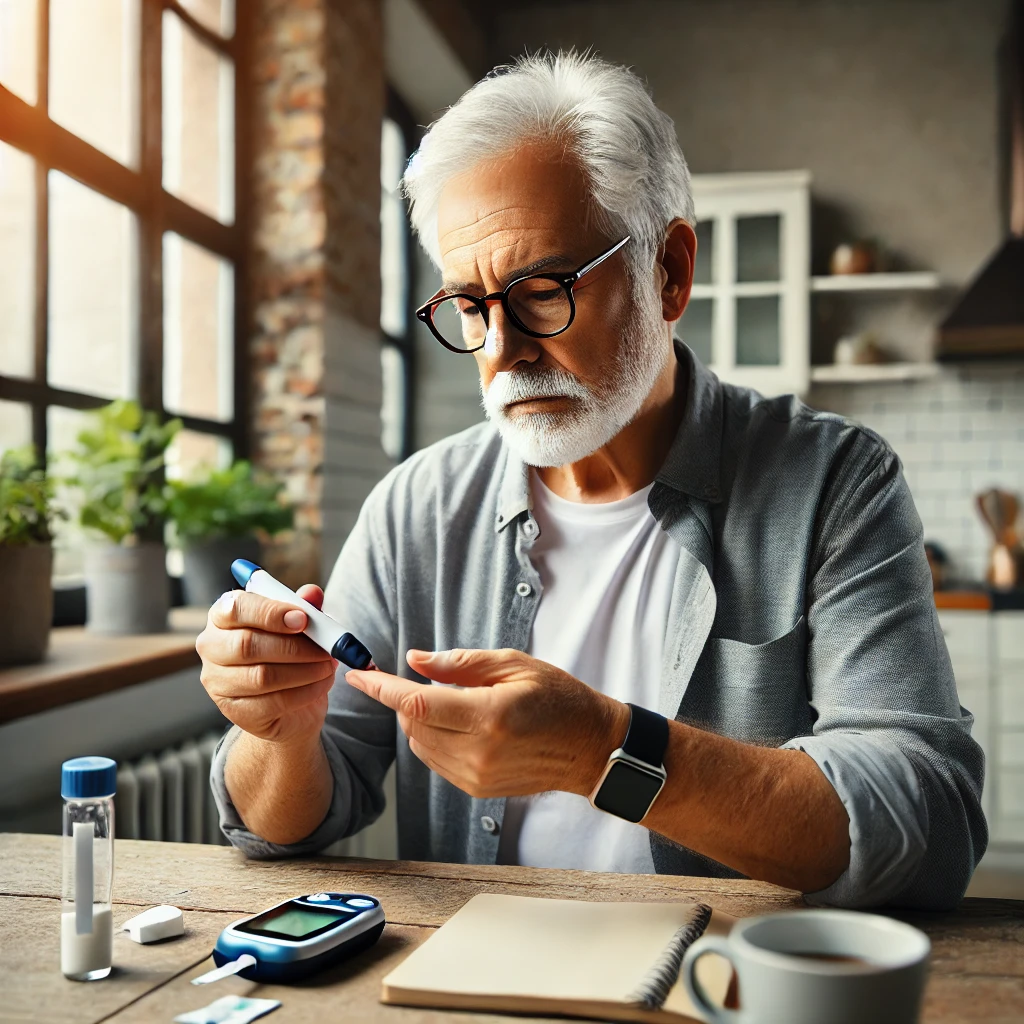

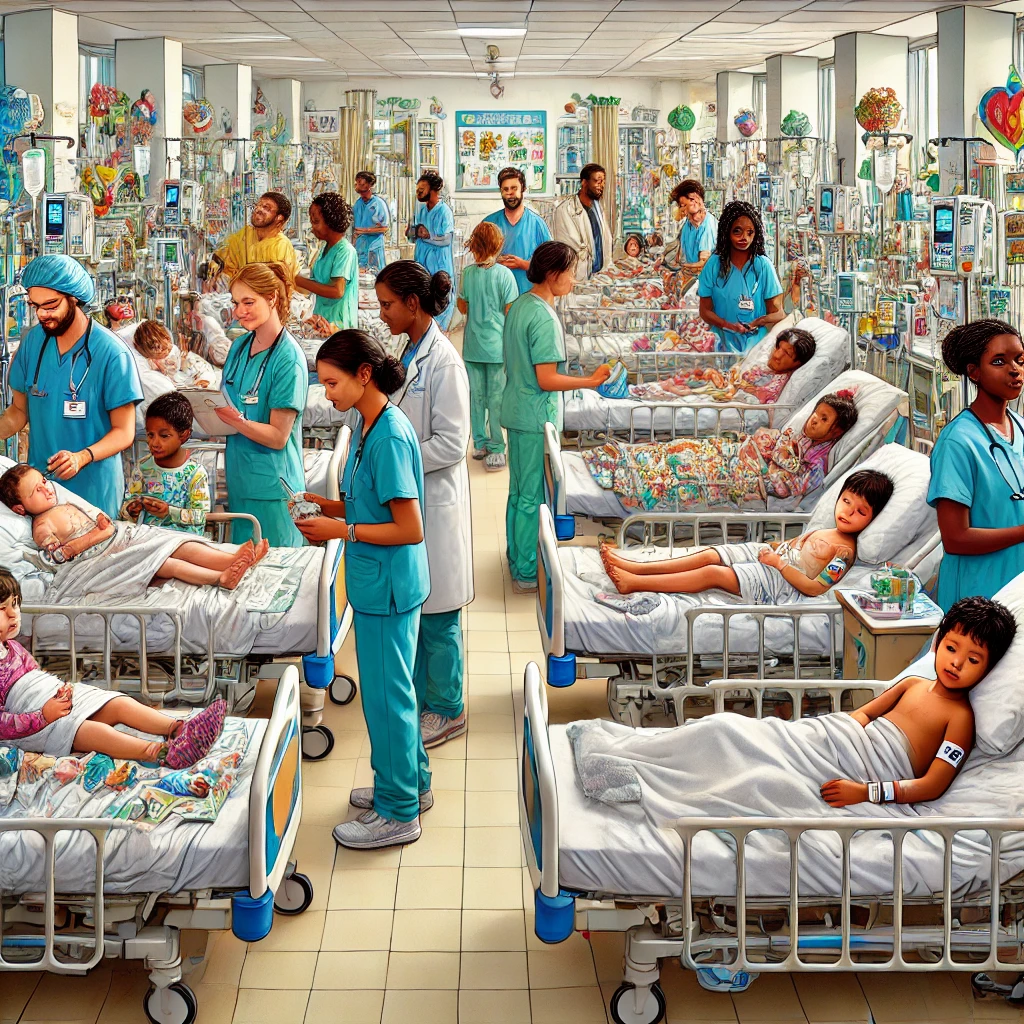


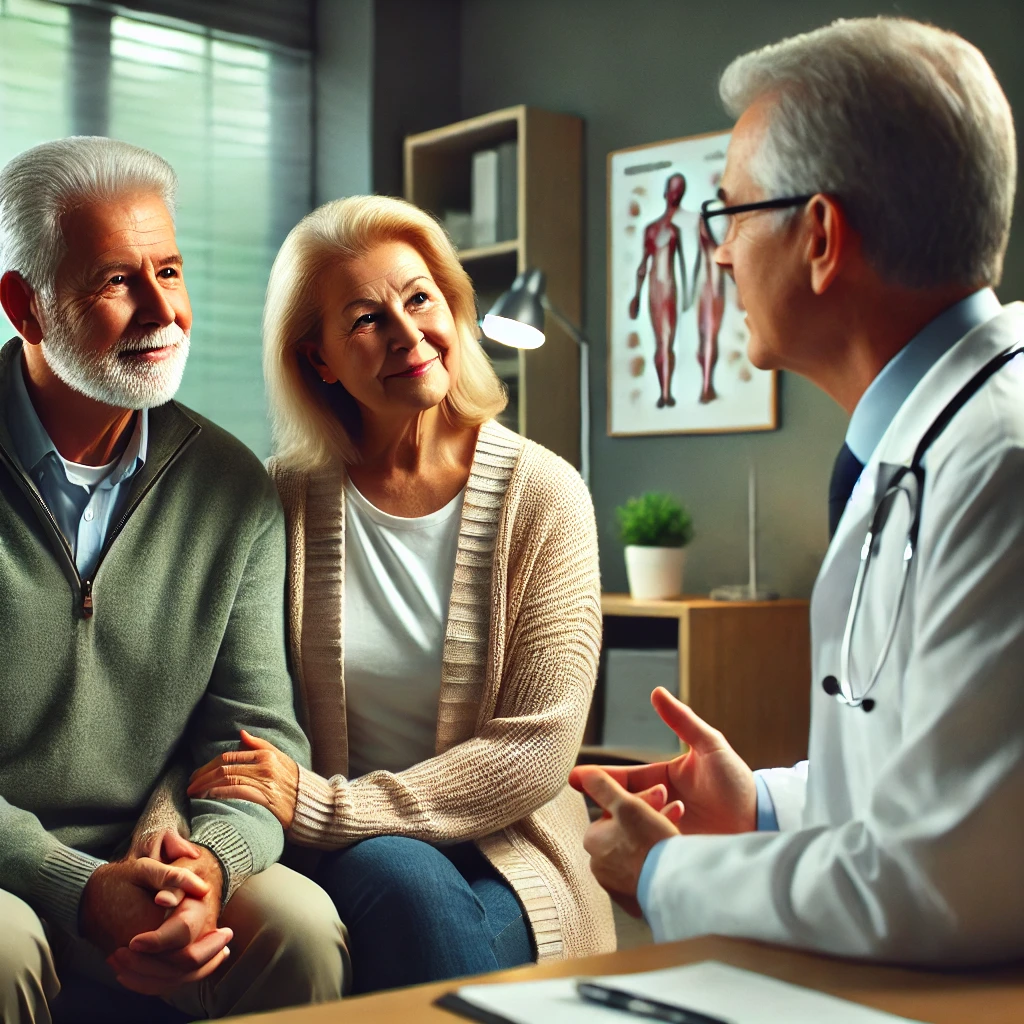














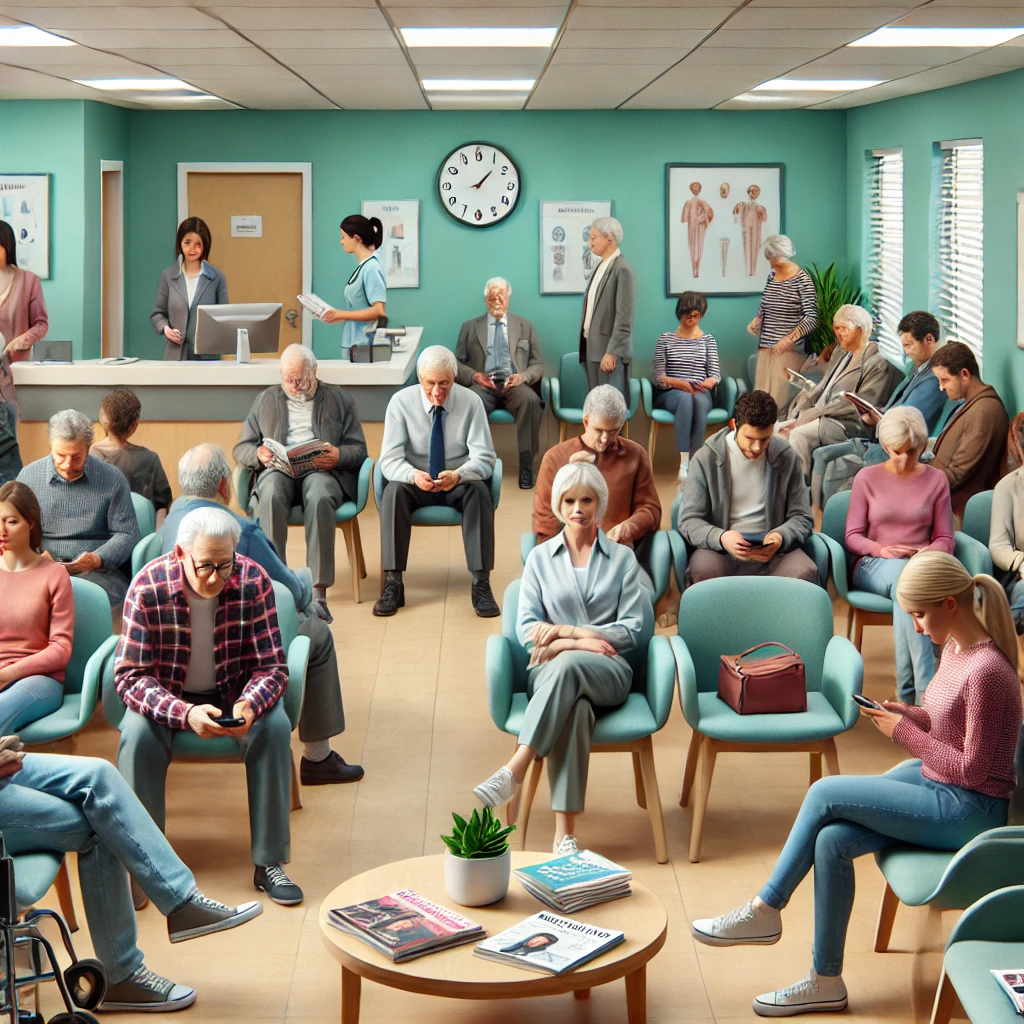
Hijacked Healthcare- A System In Crisis
By John Turley
On February 8, 2025
In Commentary, Medicine, Politics
For more than 30 years I have watched our health care system become increasingly more politicized. As a physician I have become concerned with the direction it has recently taken.
Until the early 20th century healthcare was mostly private, and medical expenses were out of pocket. Early calls for national health insurance began with labor organizations and were quickly joined by progressive politicians. President Franklin Roosevelt wanted to include health insurance in the Social Security Act of 1935 but was unable to get it passed. President Harry Truman also proposed a National Health Insurance program in 1945, but it was denounced as socialized medicine. All these efforts were opposed by business interests, conservative politicians — particularly southern— and surprisingly, the American Medical Association.
Finally in the 1960s as part of his “Great Society” programs President Lyndon Johnson pushed for the passage of both Medicare and Medicaid. Rising costs of health care under President Richard Nixon led to the introduction of Health Maintenance Organizations (HMOs) as an attempt to encourage cost efficiency. President Ronald Reagan reduced federal health care spending and pushed for more privatization. In the 1990s President Bill Clinton attempted to introduce universal health coverage but it was met by fierce opposition from the insurance industry, business, and the Republican Party who labeled it as government “overreach”. Finally in 2010 President Obama’s Affordable Care Act (ACA) also called “Obamacare” became the most significant health care reform since Medicare and Medicaid. It also faced legal challenges and political resistance with the Republicans consistently attempting to repeal it. During his first term, President Donald Trump reduced ACA funding and repealed the individual mandate penalty that had required people who did not maintain health insurance to pay a fee. The elimination of the penalty weakened the law and reduced the number of people who sought coverage. We can expect further efforts to weaken the provisions of the ACA but given that it is well entrenched in the US healthcare system now is unlikely that it will be completely repealed.
While early health care programs faced significant controversy and strong debate, progress in providing expanded coverage and improved care was continuous. I’m concerned that we’re about to enter an era where many of our gains in public health are going to be reversed. The United States remains unique among wealthy nations as the only one without universal health care and I fear that we will begin to lose what gains we have made over the past several decades.
I’ve written previously about my concerns with vaccine resistance and the elimination of vaccination requirements for school children. I believe that this is an impending public health disaster and I’m afraid there are even greater disasters on the horizon.
Robert F. Kennedy Jr has been nominated by President Trump to be the secretary of Health and Human Services and by the time you read this he may well have been confirmed. During his confirmation hearings Kennedy has made a few positive statements. He’s expressed an intent to increase focus on chronic diseases such as diabetes and obesity. He has indicated support for rural hospitals. He would like to increase training for physicians in addiction care and increase access to treatment programs. He is also indicated plans to improve American diet by targeting ultra processed foods, contaminants in food, and placing restrictions on food additives. He also has proposed reforms to include stricter FDA oversight of the food supply.
However, there are several very troubling aspects to his nomination. He has a history as a vaccine denier although he is currently denying that denial. He said he is not anti vaccine but is pro safety. He has stated he will support polio and measles vaccines and that all his children have been vaccinated. (In 2020, while speaking on the podcast of his nonprofit organization Children’s Health Defense, Kennedy said that he would do anything, pay anything to be able to go back in time to avoid giving his children the vaccines that he gave them.) Given his history of anti vaccine statements and the fact that he profits from anti vaccine litigation it’s likely he will return to previous anti vaccine positions once confirmed.
He has proposed significant changes to both the CDC and the NIH including significant staff changes. He has proposed redirecting funding to preventative/alternative medicine.
Most troubling is his poor understanding of Medicare and Medicaid programs. During questioning he showed a lack of understanding of the funding sources and statutory requirements of the two programs.
The Centers for Disease Control (CDC) faces considerable threat. House Republicans have proposed a $1.8 billion cut (22%) to CDC’s budget. These budget cuts target programs that address opioid overdoses, firearm injuries and food safety monitoring. This budget conflicts with Kennedy’s statements about his priorities and it remains to be seen how this will be resolved. The Heritage Foundation’s Project 2025 has advocated splitting the CDC into two separate entities: one for data collection and another for limited public health guidance. The intent is to reduce its influence on social policies. The administration has already imposed communications restrictions, requiring that CDC announcements, social media posts and scientific reports undergo political review. There is currently a proposal to reduce the in-house reviews of medical research; there is even a proposal to “deputize the public” to challenge scientific findings used in regulations. This would leave medical research open to review by the least qualified. Unfortunately, he current nominee for CDC director, David Weldon, a physician and former republican congressman, has signaled his intent to narrow the agency’s scope and his support for administration policies.
Highly contentious issues such as gender affirming care and reproductive health have already been severely restricted. It is likely that these areas will come under continued attack by the current administration.
This administration also poses a threat to global health. By executive order the US was withdrawn from the World Health Organization. Additionally, the US Agency for International Development (USAID) has been significantly reduced with all major programs placed on hold. Not only does USAID support foreign aid programs, but it is also a major player in global health.
USAID sponsored programs identify and monitor disease outbreaks, provide treatment and preventive measures for local populations and provide global disease alerts that help protect United States citizens. We are already seeing the beginnings of a worldwide humanitarian healthcare emergency. Not only will this affect healthcare systems but eventually the economic systems in countries who have lost their access to modern medical assistance. We will lose the advanced notice about disease outbreak and spread. Without this remote surveillance, it is possible that we may be caught unaware by the next pandemic until it is ravaging our population.
This administration claims to support “the average American” yet it seems to be intent on destroying all our health.